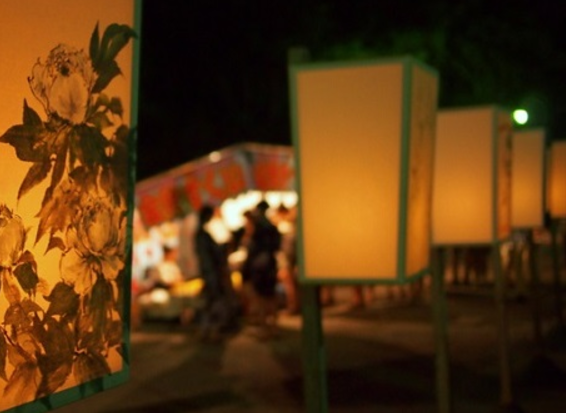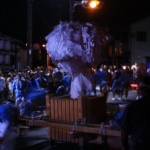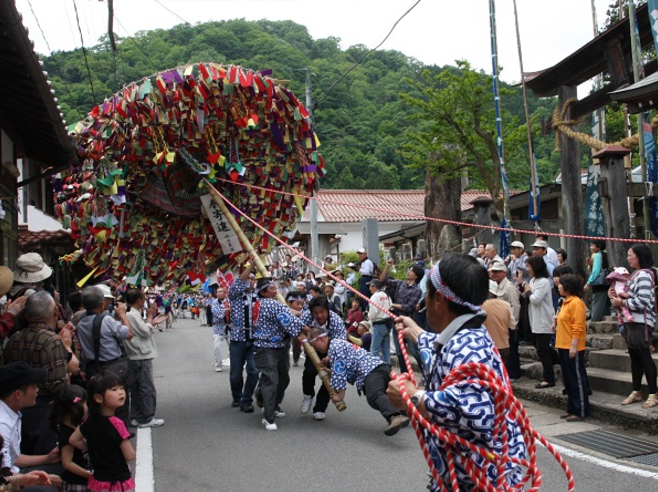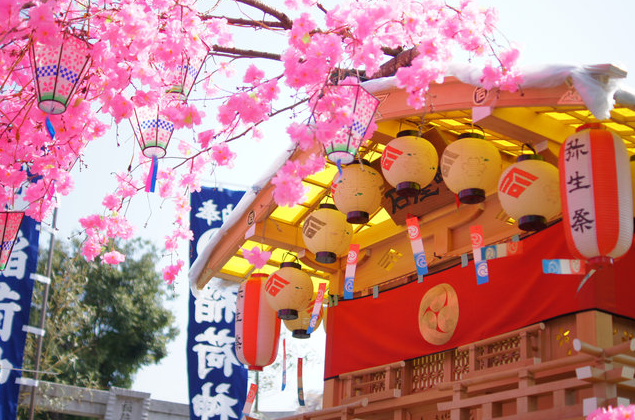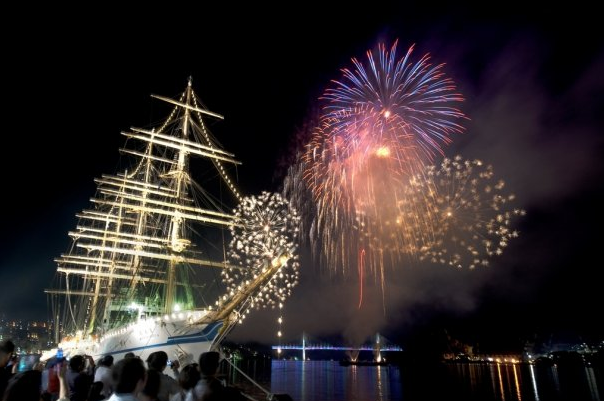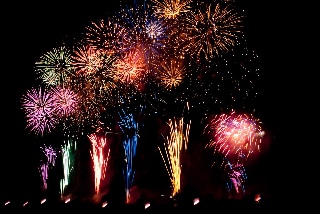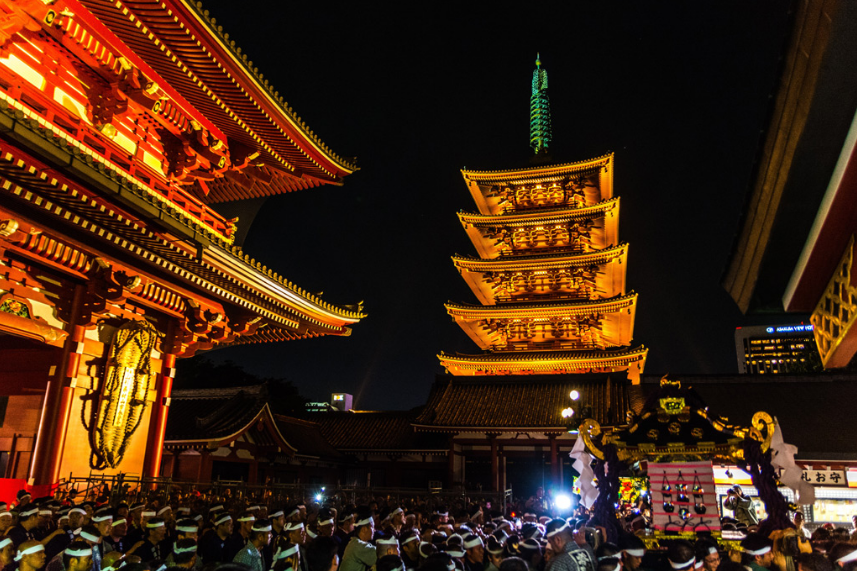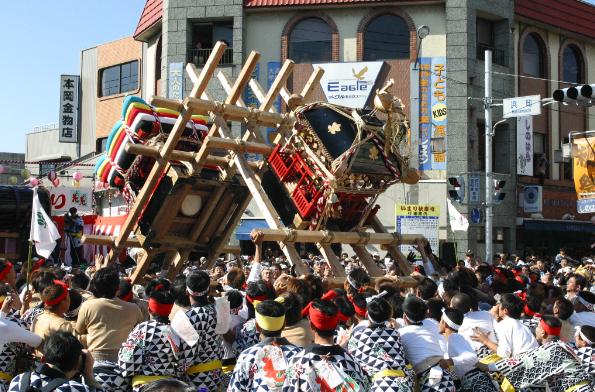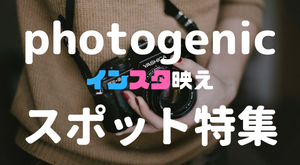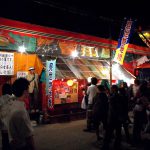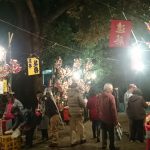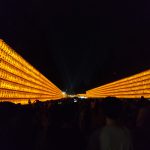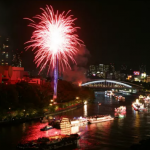Kamakura City: A Prime Example of Kanagawa Tourism
Kamakura City boasts many famous tourist spots. The Great Buddha of Kamakura at Kotoku-in and Tsurugaoka Hachimangu Shrine, associated with Minamoto no Yoritomo, are well-known throughout the country.
Kamakura is also a place where you can enjoy beautiful autumn foliage. Engaku-ji Temple is one of the representative spots for viewing autumn leaves, where the ancient buildings harmonize with the crimson foliage, creating a picturesque scene.
Additionally, Houkokuji Temple, known as the “Bamboo Temple,” is a must-visit. Once you enter the temple grounds, a majestic bamboo grove unfolds before you. You can also enjoy delicious matcha tea, offering a surreal experience that transports you from everyday life.
In Komachi Street, you can enjoy food tasting as you stroll. Unique treats like purple sweet potato soft serve, Kamakura yaki, and for sake lovers, Great Buddha beer, are must-tries. Be sure to stop by when you visit Kamakura.
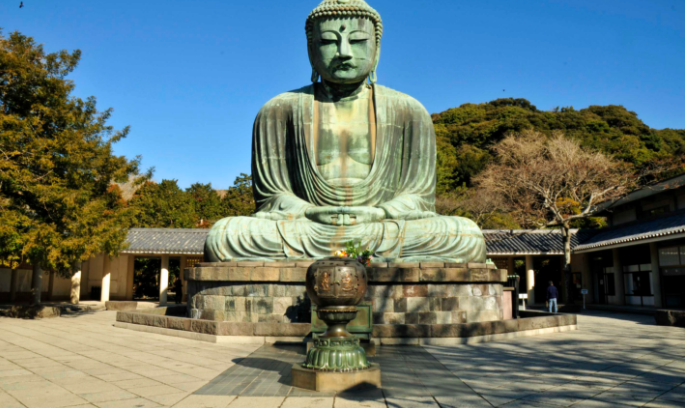
Credit: Shuukatsu Lab
Let’s Go to the Bonbori Festival!
Location: Tsurugaoka Hachimangu Shrine
Dates: August 6th to 9th annually
Access: 10-minute walk from JR “Kamakura Station” or Enoden “Kamakura Station”
Approx. 10 minutes from Asahina IC
URL: http://news.hachimangu.or.jp//dispdtinfo.asp?prm=&M_ID=152&C_ID=3 (Tsurugaoka Hachimangu Official Website)
The Bonbori Festival, a summer tradition in Kamakura, is held over three days from the day before the first day of autumn (Risshu). During the festival, many lanterns (bonbori) are displayed within the shrine grounds, and different events are held each day.
The Bonbori Festival has been held since 1938. At that time, Kamakura’s beaches were even more bustling, and the festival was started to attract beachgoers to Tsurugaoka Hachimangu Shrine and to get them acquainted with Kamakura’s culture.
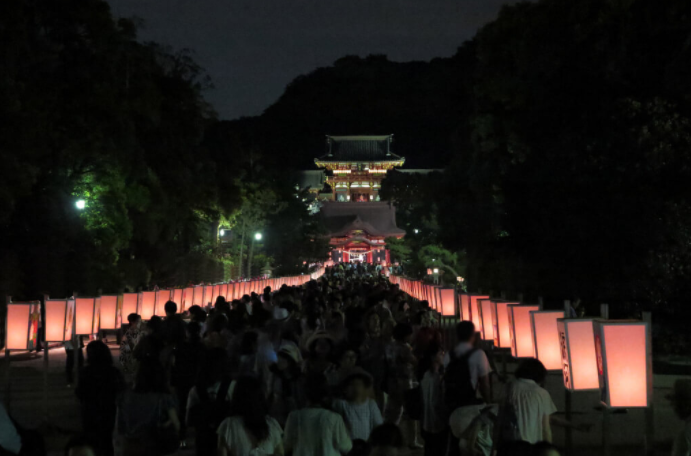
Credit: Kamakura Time
Different Events and Magical Lanterns Each Day
During the Bonbori Festival, the Nagoshi-sai (Summer Purification Festival) is held on the day before the first day of autumn. On the first day of autumn itself, the Risshu-sai (First Day of Autumn Festival) is celebrated, and on the 9th, Sanetomo-sai (Sanetomo Festival) is held to commemorate the birthday of Minamoto no Sanetomo.
For three days, around 400 bonbori with calligraphy and paintings by cultural figures living in Kamakura and renowned individuals from various fields are displayed along the shrine’s approach. As evening falls, the bonbori are lit, softly illuminating the shrine grounds and creating a fantastical scene.
The Nagoshi-sai Festival, which began in 1938, involves a purification ritual to ward off summer’s misfortunes, followed by the ritual of passing through a large grass ring (chinowa) to pray for health. At the dance hall, shrine maidens perform the “Summer Purification Dance.”
The Risshu-sai Festival, which started in 1950, is held to give thanks for the safe passage through summer and to celebrate the arrival of autumn. Crickets reared within the sacred shrine grounds are offered to the gods during this festival.
The Sanetomo-sai Festival, held since 1942 on August 9th to celebrate Minamoto no Sanetomo’s birthday, includes haiku and tanka poetry sessions in honor of his literary achievements.
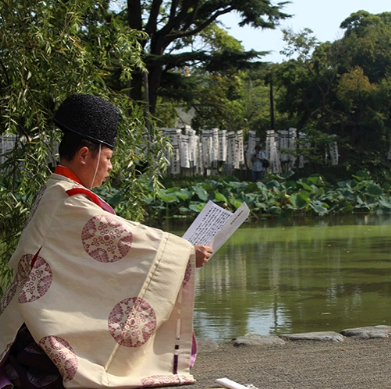
Credit: Tsurugaoka Hachimangu Official Website
Enjoy the Festival Throughout the Three Days
Each of the three days features different festivals, all of which are worth seeing. The enchanting scenes created by the illuminated bonbori are perfect for summer nights. Be sure to visit and experience it for yourself.
Featured Image: Credit to Poyapoya News
(Editor: 千八乃)


